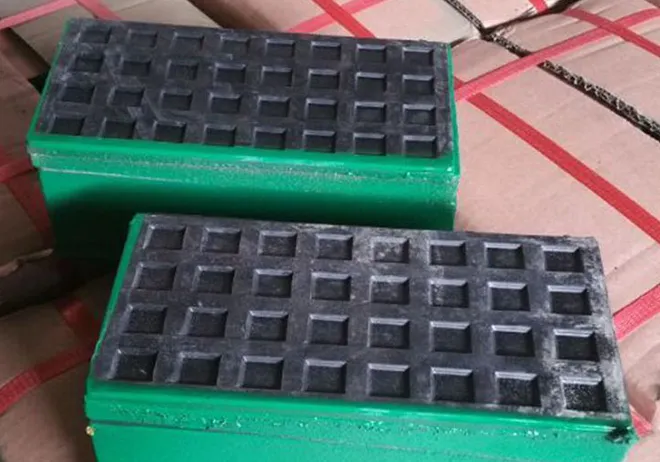11月 . 13, 2024 21:22 Back to list
pneumatic check valve
Understanding Pneumatic Check Valves Function, Types, and Applications
In the realm of fluid control, pneumatic systems stand out as crucial components for various industrial applications. At the heart of these systems lies the pneumatic check valve, a vital device designed to enhance efficiency and safety in fluid transport. This article explores the function, types, and applications of pneumatic check valves, shedding light on their importance in modern industrial practices.
What is a Pneumatic Check Valve?
A pneumatic check valve is a mechanical device that allows air or gas to flow in one direction while preventing backflow. This one-way flow control is fundamental in pneumatic systems, where maintaining pressure and directionality is crucial for optimal performance. Pneumatic check valves are often employed in applications to protect equipment from damage, maintain system pressure, and enhance the overall efficiency of air-driven machinery.
How Do Pneumatic Check Valves Work?
The operational principle of a pneumatic check valve is relatively straightforward. It incorporates a movable disc or ball that is held in place by a spring. When the pressure of the incoming air or gas exceeds the spring's force, the disc or ball moves, allowing flow. Conversely, when the pressure drops or flows in the opposite direction, the spring forces the disc or ball back into position, sealing the valve and preventing reverse flow. This mechanism ensures that the system functions smoothly without backpressure, which can lead to malfunctions or inefficiencies.
Types of Pneumatic Check Valves
Pneumatic check valves come in various designs, each tailored for specific applications. Here are some of the most common types
1. Swing Check Valves These valves use a hinged disc that swings open when air flows in the correct direction. Upon reverse flow, the disc swings back to its closed position. Swing check valves are ideal for large-diameter pipes and high-flow applications.
2. Ball Check Valves Utilizing a ball that fits tightly into the valve seat, ball check valves offer more resistance to backflow. They are suitable for smaller pipelines and applications where a tight seal is necessary.
pneumatic check valve

3. Spring Check Valves Incorporating a spring mechanism, these valves open when the flow exceeds a preset level and close automatically to prevent backflow. They are highly reliable and often used in low-pressure systems.
4. Diaphragm Check Valves These valves use a flexible diaphragm to block flow in the reverse direction. They are especially effective in applications involving slurries or other particulate-laden fluids, as their design minimizes the chances of clogging.
Applications of Pneumatic Check Valves
Pneumatic check valves find extensive application across various industries, including
- Manufacturing In assembly lines, pneumatic systems that control actuators and cylinders rely on check valves to ensure products are moved efficiently and without interruption. - Automotive Pneumatic tools, such as air hammers and wrenches, utilize check valves to provide consistent power and prevent backward flow that could damage the tool.
- Food and Beverage Ensuring hygiene and maintaining the integrity of products, pneumatic check valves are used to control air and gas flow in processing systems, avoiding contamination risks.
- Construction Heavy machinery, such as pneumatic drills and jackhammers, employ check valves to manage air pressure and maintain optimal operational conditions.
Conclusion
Pneumatic check valves play an indispensable role in the smooth operation of pneumatic systems across various industries. By preventing backflow and ensuring one-way air or gas flow, these valves help maintain system pressure and efficiency, protecting equipment and improving performance. Understanding the different types and applications of pneumatic check valves is essential for engineers, technicians, and operators aiming to optimize their pneumatic systems, enhance safety, and reduce maintenance costs. As industries continue to evolve, the significance of pneumatic check valves will undoubtedly grow, reinforcing their status as a critical component in fluid control systems.
-
Water Valve Gate Design Prevents Leakage and CorrosionNewsJul.11,2025
-
Steel Fab Table Features Reinforced Construction for LongevityNewsJul.11,2025
-
Specialized Valve Designs for High Pressure SystemsNewsJul.11,2025
-
Machinist Gauge Pins Feature Ground and Lapped FinishesNewsJul.11,2025
-
Hose Check Valve Prevents Backflow in Irrigation LinesNewsJul.11,2025
-
Durable Micrometer Tools Withstand Heavy Workshop UseNewsJul.11,2025
Related PRODUCTS









